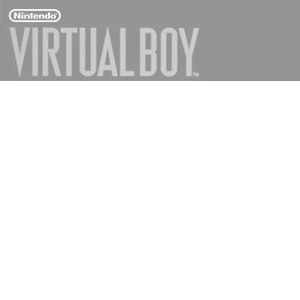I wouldn’t jump to conclusions so quickly… the commercially released ROMs topped out at 2MB, but the VB itself can address well more than that in the cartridge address space. Personally I have plans for much larger games given enough space and cartridge hardware to support it.
Anyone know what’s happened to his page ?
I’m guessing someone didn’t pay the annual fee? Don’t know how it works…
Server crashed?
It was possibly taken down by the author.
Since Brennan seems to have given up on this, someone may want to adapt this to the VB:
http://hackaday.io/project/1507-USB-MegaDrive-DevKit
Like the VBoot, it’s a cart based on an FPGA with an SD slot, but it also includes a USB port to allow runtime debugging using GDB. Another distinctive feature is its use of SDRAM, instead of SRAM, to emulate the ROM, which should be much cheaper. In fact, he claims one of these can be built for $40 (although that probably assumes you already have the JTAG programmer, etc.).
Obviously, the firmware will have to be ported to/rewritten for the NVC in VB, but that shouldn’t be too hard.
(BTW, Brennan, if I’m wrong, please do speak up and let us know!)
Cool link RP. I’ve been working on a project like this on and off for a while now… if I can get some of my other open projects finished up, I’d dedicate a good chunk of time to it. The VB cart really is quite a bit smaller than the Genesis cart though, so it’ll be much more dense, and I’d guess at least 4 layers (I’d want it all to fit inside a standard sized cart).
DogP
DogP wrote:
(I’d want it all to fit inside a standard sized cart).
This is not a requirement for me, personally. Look at the official development carts for SNES, GB, Jaguar… even the VB: usually giant, bare PCBs covered with socketed DIPs and sprouting ribbon cables. Sometimes there’s half a case to make it line up with the cart slot.
As long as it’s not so heavy it tries to unplug itself or snap a connector off, I’m fine with any of the above.
My only request is the ability to fill the VB’s entire ROM address space. I don’t care what it looks like; I want a flash cart that I can use to build larger games. 🙂

